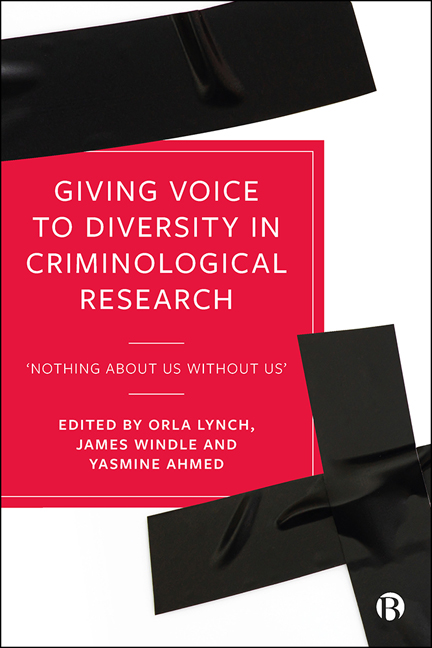6 - Sexual and Gender-Based Violence against Refugee Women as a Continuum of Violence
Published online by Cambridge University Press: 13 May 2022
Summary
Europe is experiencing the Mediterranean refugee crisis. The continuation of conflicts in Africa and the Middle East has forced large numbers of people to flee, and restricted migration channels, from the Middle East to Europe, have exacerbated the ‘crisis’ with Greece holding and processing hundreds of thousands of refugees. From January to September 2015, approximately 500,000 refugees entered Greece from Turkey, crossing the Aegean Sea. Whilst most refugees are men, increasing numbers of women are fleeing to Europe either alone or with their families (Freedman, 2012; Pickering & Powell, 2017).
Refugee women have escaped conflict and war zones seeking safety and protection in Greece or other European countries. Fleeing from conflicts does not mean the end of violence for these women, as often refugee journeys and encampment encompass many hidden forms of sexual and gender-based violence (SGBV). This chapter explores refugee women's experiences of violence (what they have experienced or witnessed) and the views of professionals who worked directly with these women.
Research on refugee studies tends to explore experiences of SGBV in isolation from previously experienced forms of violence, focusing either on the exit from the origin country or on the encampment. However, my research demonstrates that participants’ reports of SGBV were not limited to the refugee journey and life in the camp; they also focused on the violence they experienced in pre-journey life. This highlights that the three stages should not be explored as separate cases but through the continuity of violence (COV) and pervasiveness of images of fear.
In this study, the concept of the continuum is applied with a view to analyzing SGBV in refugee contexts. The aim is to ‘connect the dots’ between the different forms of violence that women have experienced during the three stages: pre-refugee life, during the journey, and life in the camp. I argue that there is a COV that women have been subjected to across time. Furthermore, I support the view that the COV across time is marked by the following three dimensions: space/place, the spectrum/various forms of violence, and the multiplicity of perpetrators. Through exploring the COV, I discuss, based on participants’ accounts and previous feminist literature, the idea that the meaning of violence is not monolithic – it can shift across the different phases.
- Type
- Chapter
- Information
- Giving Voice to Diversity in Criminological Research‘Nothing about Us without Us’, pp. 111 - 132Publisher: Bristol University PressPrint publication year: 2021

